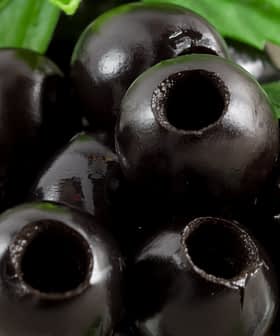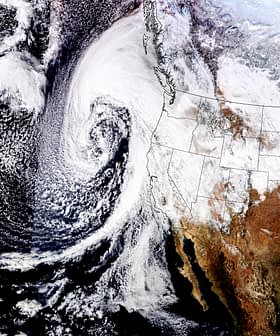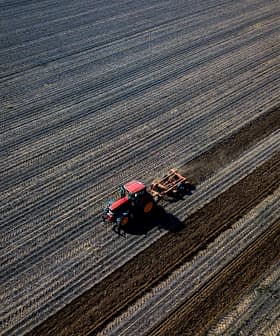The California olive oil crop is expected to fall short of an initial estimate of 2.5 million gallons (11,500 tons), according to a report from the Olive Oil Commission of California (OOCC).
A short harvest season with many producers entering an off-year contributed to the smaller-than-expected yields, along with complications from the Covid-19 pandemic and climatic challenges all.
In the olive’s alternate bearing cycle we are in a low year. Within that cycle our grove looks good and because of the lower quantities of olives, the olives we do have look great.
The revised harvest estimates are significantly lower than those made at the beginning of autumn, which predicted the United States would produce about 16,500 tons — the vast majority from California.
According to the OOCC, many producers reported having only four weeks to harvest their olive crop this year as opposed to the normal six.
See Also:2020 Harvest UpdatesMany producers also entered off-years, with per-acre yields reportedly dropping by two to three tons in the highly productive Sacramento Valley. Producers from plenty of other parts of California also reported smaller olive harvests.
“In the olive’s alternate bearing cycle we are in a low year,” Giulio Zavolta, the co-founder of Olivaia Olives in Lindsay, California, told Olive Oil Times. “Within that cycle our grove looks good and because of the lower quantities of olives, the olives we do have look great.”
“We are still optimistic about the potential quality of the oil,” he added.
The Covid-19 pandemic also took its toll on the harvest, both increasing the costs of production and transportation as well as leading to worker shortages.
“Often, temp agency workers simply did not show up for a shift and any sickness symptoms kept employees home,” Jonathan Sciabica, of Sciabica Family California Olive Oil, told the OOCC.
Along with impacting the harvest, producers said the pandemic also lowered sales as demand from the hospitality and restaurant sector dropped. In some cases, individual sales also fell as a result of the economic fallout of the pandemic.
“The market for olive oil with restaurants closed is abysmal,” Geoffrey Peters, of Showa Farm, told Olive Oil Times in October. “I have almost 50 percent of last year’s harvest unsold.”
Finally, episodes of bad weather also impacted some areas of the state. Parts of the central coast, including Chico and Fresno, were reportedly hit by frost during the harvest.
The 2020 olive harvest was also marked by incredibly dry weather throughout the year, with producers telling the OOCC that rainfall was “almost non-existent.” The lack of rainfall during key moments of the development of the olives contributed to the lower yields.
However, at the southern end of the state, some producers reported having too much rain in the spring. This interfered with pollination and led to smaller yields.
“While we avoided losses, we are still anticipating a low-volume harvest,” Fabien Tremoulet, the co-owner of Pitchouline, told Olive Oil Times. “We also mill for several local growers and have been told that the harvest will be low. The heavy spring rain during pollination was most likely the cause.”
See Also:The Best Olive Oils from the United StatesStill, many producers told the OOCC that they were expecting high-quality yields and reported oils with “noticeably fruitier notes this year along with some bitterness.”
“This season was short but sweet,” Brady Whitlow, the president of Corto Olive, told the OOCC. “Low fruit yields but good oil quantity and excellent oil quality.”
With the 2020 harvest mostly behind them now, many producers are looking forward to a more fruitful harvest next year.
“Currently we are all being forced to become more creative and spontaneous in our procedures and restrictions,” Karen Roach, the owner of Olea Farm, told Olive Oil Times. However, she added that the olive tree has historically been a symbol of perseverance, reflective of the spirit of California’s producers.
“They can weather drought, storms, climate change, natural disasters and with their resilience, will survive and will generously and faithfully offer their gift of olive to us all,” she concluded.








